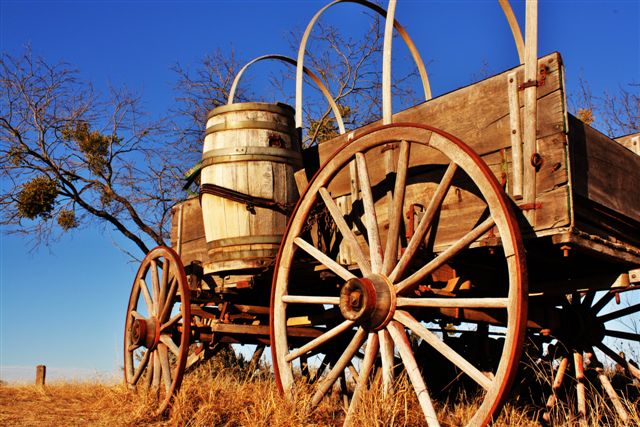Changes Begin
In 1853, life at the fort began to change. Company 1 of the Second Dragoon, under the command of Major Henry H. Sibley, took up quarters at the fort in September. A wagon was attacked by Comanche in the same month. Jane Wilson was taken captive, and the wagon driver was scalped and left for dead. Wilson escaped the Comanche and hid until she was finally rescued by traders and escorted to Santa Fe, New Mexico, by December of 1853. Several other raiding incidents on wagon trains occurred during the year. Another scalped wagon driver was found by soldiers and taken to Fort Phantom Hill. As the Indian raids increased, the military began making plans to shift to mounted cavalry units and abandon Fort Phantom Hill.

Murder of an Indian Agent
The mood at the fort changed drastically with the murder of Indian Agent Jesse Stem by a group of Indians in February of 1854. Major Sibley was called with his mounted dragoons to chase the killers. In March, 1st Lieutenant Newton C. Givens, one of Sibley’s officers, returned to Fort Phantom Hill and took over command from Major Sibley. Givens’ command was the last at the frontier fort and lasted just over one month. By the end of March, the fort was manned by only two commissioned officers and 41 noncommissioned officers and soldiers.
Givens Gives the Order
Givens gave the order for his troops to abandon the fort and declared it done on April 4, 1854. However, leaving the post on the Clear Fork was not the Commander’s last act. Soon after leaving the fort, Givens, a graduate of the United States Military Academy, was brought before a military court for burning Fort Phantom Hill as he left with his small garrison of troops. He was acquitted in the first court martial and given a nine-month suspension in the second. Fort Phantom Hill, the sentinel on the prairie, was severely damaged by the fire, but continued to be used for decades as a gathering point for the Butterfield Stage, cowboys and cattle herds on the Goodnight-Loving Trail, buffalo hunters and traders, U.S. Army mounted patrols from Forts Concho and Griffin, and finally, the citizens of a small town.

